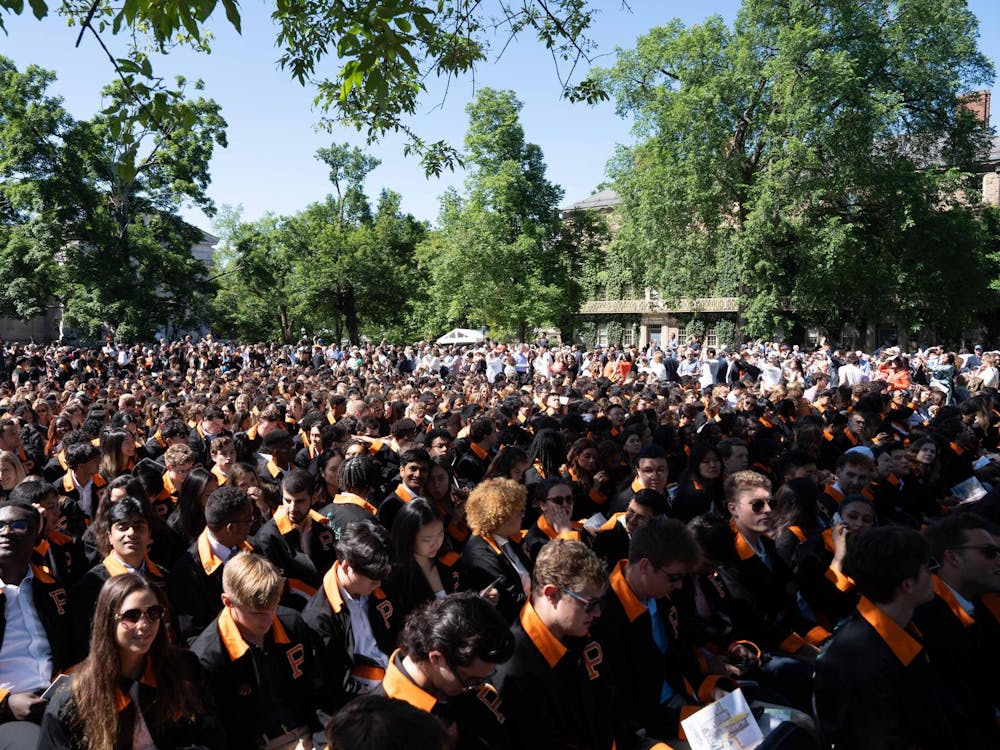On a mild night this past September, I remember watching stars as they pierced through the retreating clouds. Beneath my feet, the sidewalk was still wet from the recent rain. Everything was picturesque — until I noticed the sprinklers were watering the grass, only a few hours after a thunderstorm.
My encounter with these sprinklers was not an isolated event. They water the grass regardless of the weather — just one of many examples of the University using resources inefficiently. I urge Grounds and Building Maintenance to make the University more sustainable by improving the sprinkler system, upgrading light poles with LED lights, and installing automatic sinks and lights.
Surely, someone at Princeton — a student, a faculty member, or an alum — can update the sprinkler programming to account for the weather. If this is not possible, then a groundskeeper should turn the water off following a heavy rain. It may be an extra burden, but in the long run it will reduce the University’s water consumption and bills.
Grounds and Building Maintenance did not respond to multiple requests for comment.
We can also save water in the bathrooms. By simply turning off the faucet while brushing our teeth, we can each save 200 gallons per month. If our 5,391 undergraduate students all did this, we would save enough water to fill six Olympic-size swimming pools every semester.
Some students don’t follow this practice — but they would have to if the University installed automatic sinks, which reduce water usage and allow students to avoid the germs that grow on faucet handles.
While renovating bathrooms, the University should install automatic lighting. Some dorms already boast this feature, but it’s not standard across the University. Furthermore, campus light poles should be equipped with energy-efficient LED lights. Currently, most of our light poles have high-intensity discharge bulbs that rely upon technology first demonstrated in 1705. LED lamps are more than 200 years newer and produce twice the light per watt of electricity.
The University is already moving toward LED lights, but not quickly enough. A January 2015 lighting report by Princeton University’s Outdoor Lighting Master — yes, we have one of those — noted that the University has successfully experimented with LEDs for its parking lots and structure-mounted lights. But that was nearly two years ago. A full roll-out of LED lights is overdue.

As I walk around Princeton on these chilly nights, I notice that the sprinklers are turned off in preparation for the winter. While we will be conserving these water resources for the next few months, I still see waste.
The responsibility rests on each student to make Princeton a green campus. During this holiday season, I hope that everyone gives back to the environment, whether it is by taking shorter showers, using cold water for the washing machines, or turning off the lights when not in use. Saving the environment is a daunting task, but it is possible only if everyone makes a few sacrifices in their everyday lives.
Liam O'Connor is a freshman from Wyoming, DE. He can be reached at loo@princeton.edu








